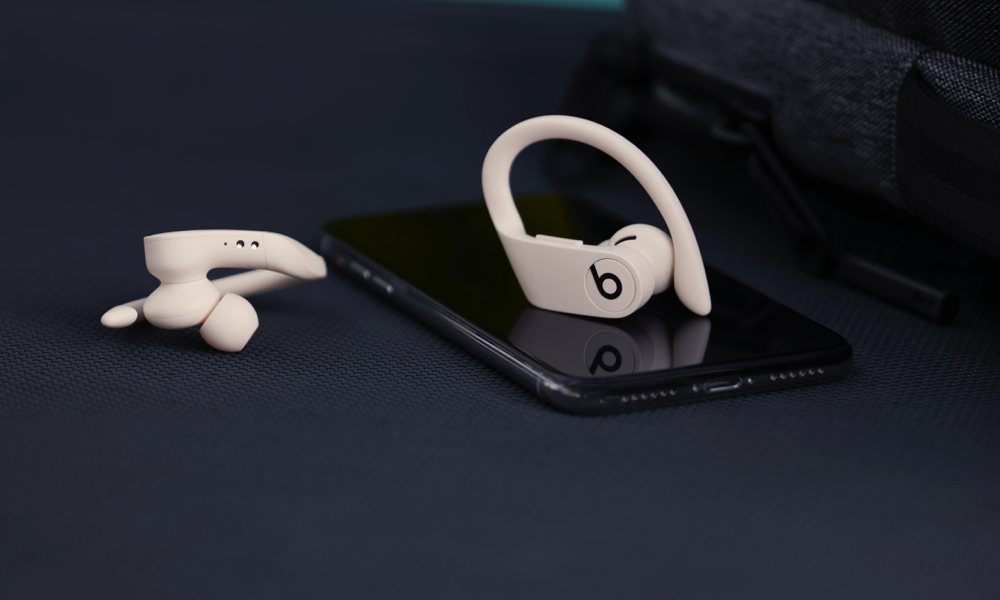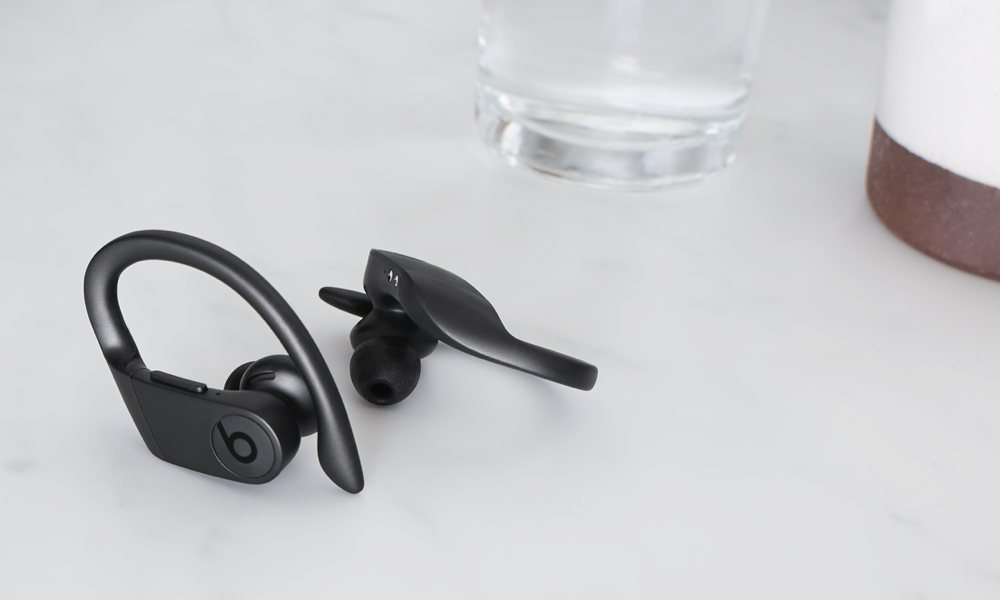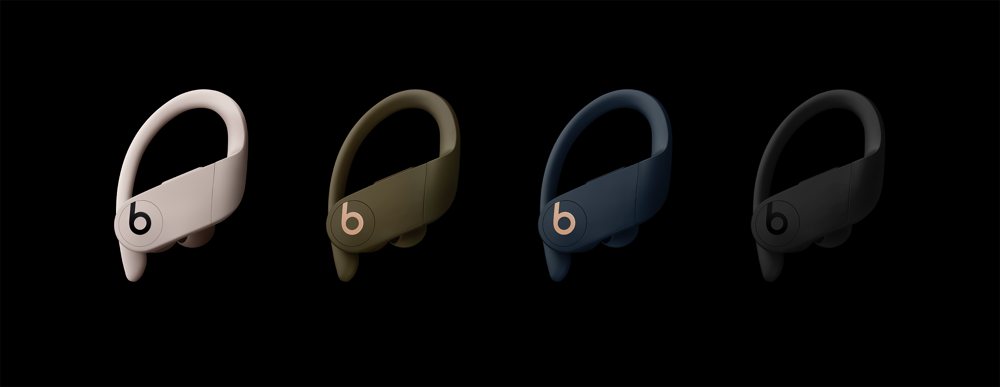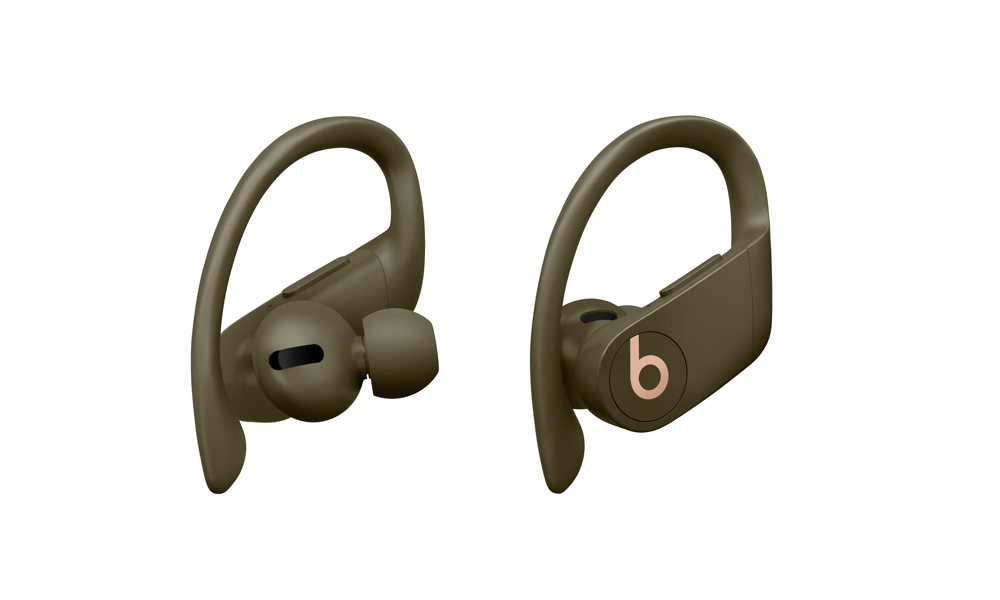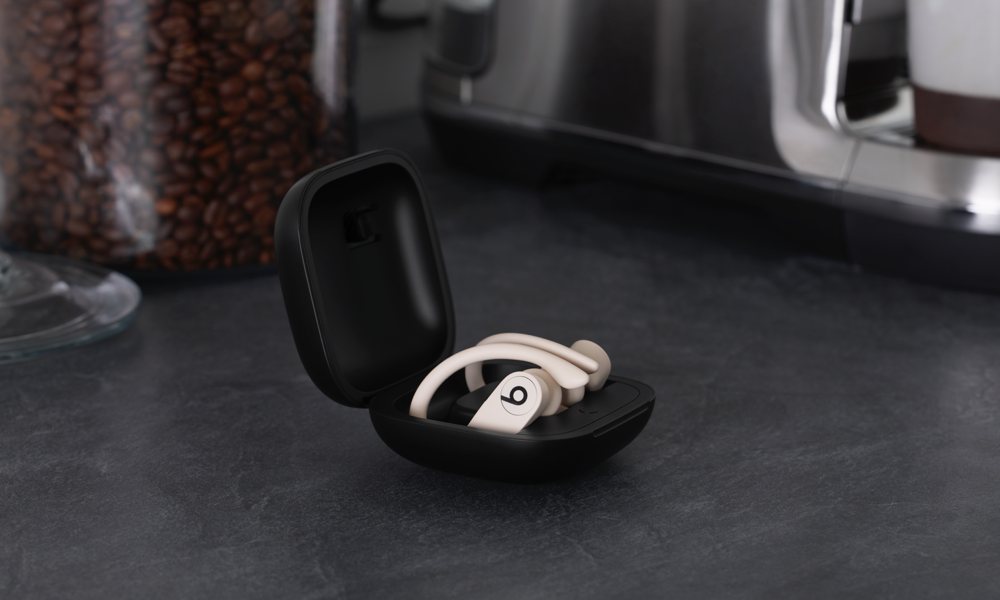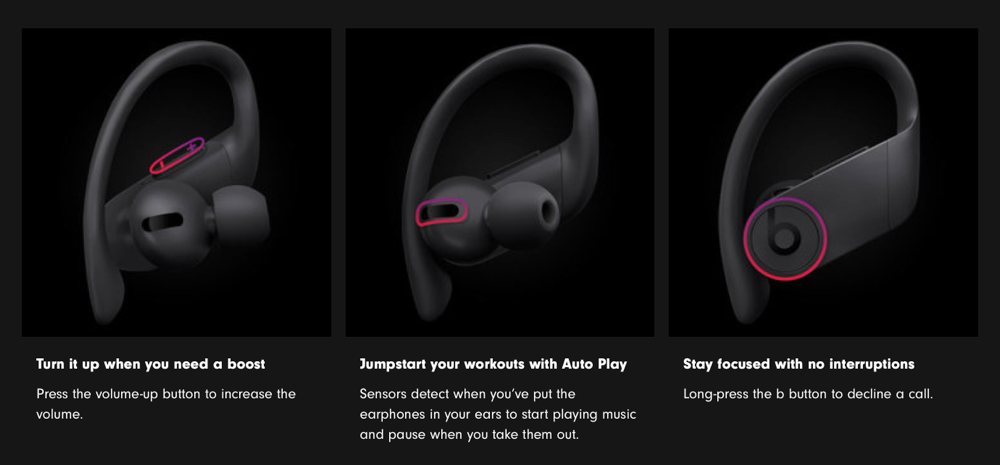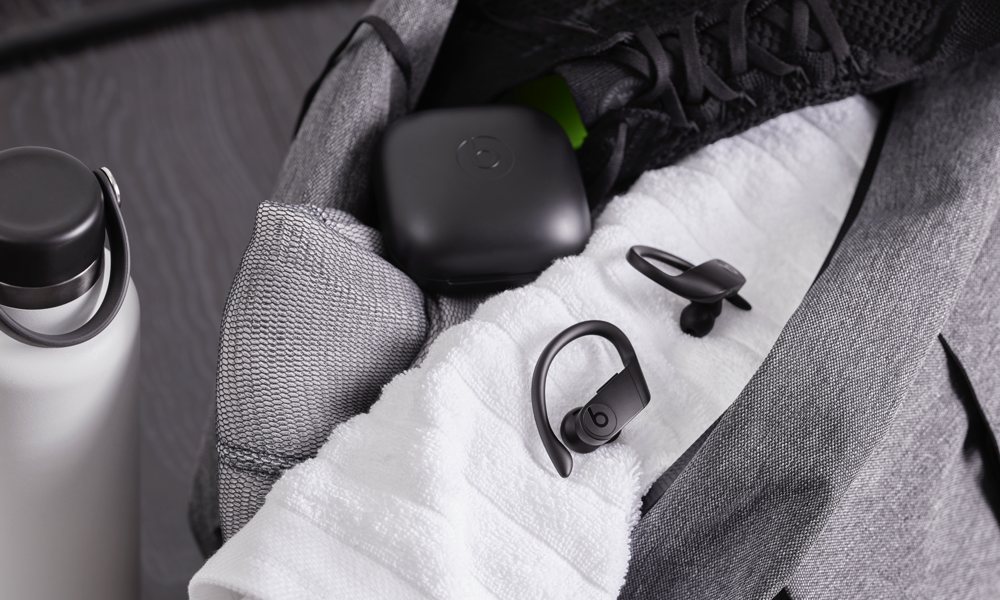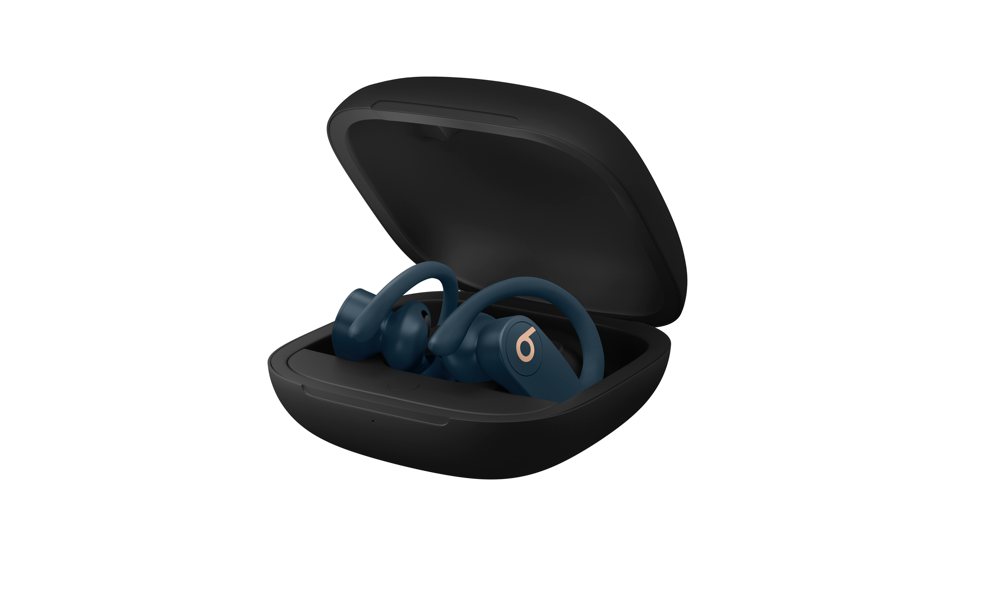7 Reasons Why You Might Choose PowerBeats Pro Over AirPods 2
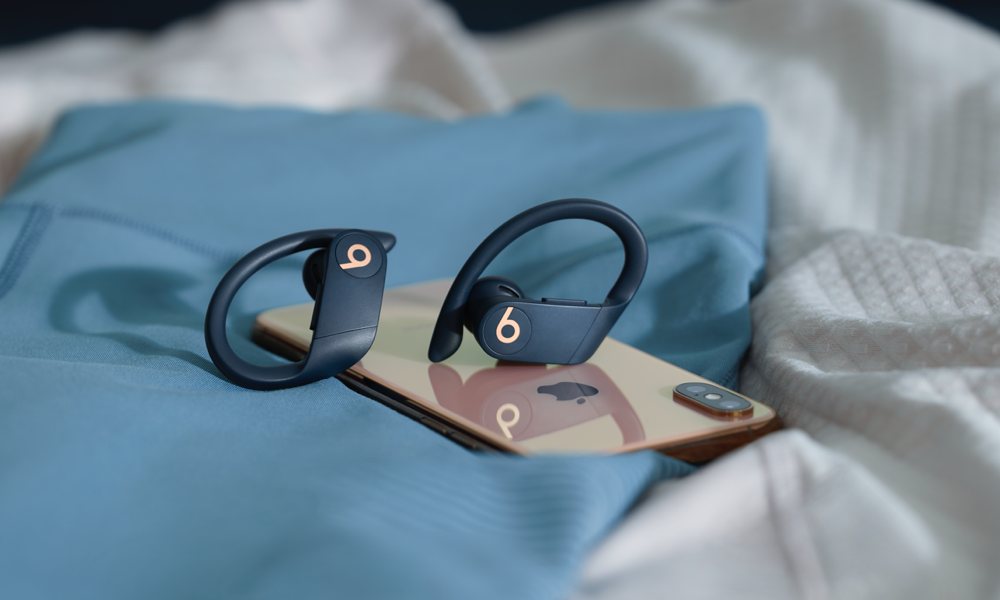 Credit: Beats
Credit: Beats
Yesterday, Apple announced its second big entry among true wireless headphones in the form of the Powerbeats Pro, a significant update to Apple's Powerbeats 3 that removes the wires entirely and gains Apple's new H1 chip, with all of the new benefits that come with it, such as always-on "Hey Siri" support.
Up until now, the choice of true wireless headphones for most Apple users was an obvious one: Apple's AirPods provided a seamless user experience and level of reliability that nobody else seems to have been able to match. With Powerbeats Pro, however, Apple has provided another great option for users who want wireless headphones, which may leave you asking which ones you should go for. While the decision to upgrade from Apple's original AirPods to its new second-gen AirPods is a trickier one, Powerbeats Pro is a whole different ballgame. Read on for a few reasons why Apple's latest Beats-branded earphones may in fact win you over from its best-selling AirPods, along with a couple of reasons you may still want to stick with Apple's more established design.
? The H1 Chip and Sensors
Powerbeats Pro include the H1 chip, so they'll work just like AirPods. The pairing with an iPhone, Apple Watch, iPad, or Mac will be entirely seamless, as will switching between devices. There's going to be "Hey Siri" support here as well, of course, and we expect they'll have the reliability that comes from Apple's synced Bluetooth connectivity, rather than the more hit-and-miss NFMI designs that most other true wireless earbuds use.
Likewise, you'll also be able to use either earphone independently of the other, and Powerbeats Pro will include all of the same type of sensors as AirPods for things like ear detection and beam-forming microphones for voice recognition and phone calls.
? Fit and Comfort
There's no question whatsoever that Apple's AirPods aren't ideally suited for everyone's ears. Some people have great experiences, while others like me, despite really wanting to like the AirPods, just can't get past needing to push them back into my ears every 30 seconds, especially when I'm walking or running. For my cavernous ears, the AirPods just don't seal well enough, producing weak and anemic sound.
While there are accessories that can be added to AirPods to improve fit, these have always felt kludgy to us, and since they have to be removed before putting the AirPods back in the charging case, almost entirely eliminate the seamless elegance of using AirPods.
For users in this category, Powerbeats Pro are going to be a huge win. Apple is including four sizes of eartips, and of course there's also an adjustable earhook. There's no doubt that they will fit just about everybody, so if you've found that AirPods just don't quite do it, the step up to Powerbeats Pro will finally let you get all of the advantages of Apple's H1 chip and design in a pair of true wireless earbuds.
? Style
To paraphrase Henry Ford, you can get Apple's AirPods in any color you want, so long as it's white. Like Apple's classic earbuds, AirPods may be iconic, but they're also starting to get a bit boring — especially for a product with a more premium price tag. In fact, we've heard people dismiss AirPods' design as looking too much like its "cheap" $39 EarPods.
On the other hand, there's no doubt that Powerbeats have a much different style, not only including the emblazoned Beats logo on the side of each one, but also coming in four unique colors: white, black, ivory, and navy.
? Sound Quality
We won't be able to hear Powerbeats Pro until they're released in May, but it's a safe bet that the sound quality will be an improvement over Apple's AirPods, which didn't gain any sound improvements in the most recent update.
In the very least, Powerbeats Pro's included eartips will provide significantly better noise isolation, which can make a huge difference by itself. However, we expect that Powerbeats Pro should at least preserve the sound quality of Powerbeats 3, which is already superior to that of AirPods, especially if your musical tastes lean toward bass-heavy genres.
One thing that's worth noting, however, is that it doesn't look like Powerbeats Pro will include any features for passing through ambient noise when you actually want to hear what's going on in your surroundings.
? Battery Life
While AirPods got a small battery boost in their latest iteration, the larger size of Powerbeats Pro means that they're able to easily crush the AirPods in overall battery life. Apple is promising nine hours of listening time on a single charge, versus AirPods' five hours, and a quick 15-minute charge in the Powerbeats Pro case will juice them up for another 4.5 hours. However, with the charging case factored in, both the second-gen AirPods and Powerbeats Pro will get the same overall 24 hours of battery life.
? Physical Buttons
Controlling the AirPods has always been done using tap gestures and internal accelerometers, which limits control options and can make them somewhat complicated.
By comparison, since their larger size provides more room, Powerbeats Pro will incorporate physical buttons for adjusting volume, changing song tracks, and accepting and declining calls.
? Sweat Resistance
Since they're designed to be workout earphones, Powerbeats Pro will be sweat- and water-resistant. Apple hasn't provided specifics about exactly how water-resistant, and while we're skeptical that you'll be able to go swimming with them, you shouldn't have to worry about even the most energetic workouts.
Despite rumours that Apple's AirPods would gain water resistance, this didn't come to its second-generation model, and with Powerbeats Pro now in the lineup, this may not happen at all.
? Wired Charging Only
One advantage that Apple's new AirPods do still have is the ability to recharge wirelessly via the AirPods Wireless Charging case. While you'll pay an extra $40 premium for the wireless charging version, it can be a handy way to ensure your AirPods stay juiced up if you use them on the go a lot. Of course, it's worth noting that it's only the AirPods case that charges wirelessly — you can't drop an individual AirPods onto a Qi charger for some quick juice.
Oddly, Powerbeats Pro doesn't gain this feature, requiring that you use a Lightning cable to charge the case. With the battery life that Powerbeats Pro offers, this may not be something that matters to everyone, but it's a distinction worth keeping in mind, and with rumours that this year's iPhones may provide wireless charging power, it's an area where AirPods may still have the advantage.
? Portability
AirPods — both the earbuds and the case — are considerably smaller and more portable than PowerBeats Pro, so they definitely have the advantage if you're looking for something that you can easily slip into a pocket or a small purse.
The dental-floss-style case, which opens at the top, combined with the hookless in-ear design, also means the AirPods are a bit more suitable for casual use where you may want to frequently pop them on and off.
? Higher Asking Price
Obviously, Powerbeats Pro are more expensive than AirPods — in fact they're potentially $90 more when you consider that they don't include the wireless charging capabilities of the $199 AirPods.
Price is subjective of course, but it's also worth keeping in mind that once you get into the $250 price range, you're competing against other earbuds that have will probably have noticeably better sound quality. With Powerbeats Pro, you're paying even more of a premium for the true wireless capabilities and advanced chipset than you are with Apple's AirPods, so it's important to be clear what you're getting for the price — these are likely still going to be Beats earphones, with the same sound signature as the rest of the family, so if you're even an amateur audiophile, you'll want to at least have a listen and shop around before committing to earphones in this price range, no matter how advanced the wireless and other technology features in them are.

